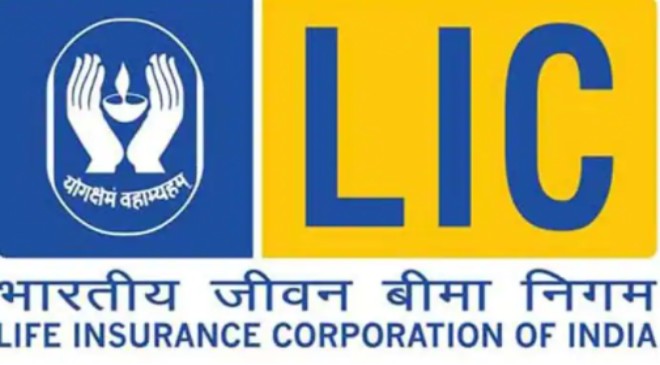- Life Insurance Corporation of India has fallen 22% from its issue price as market sentiment turned for the worse
- The state-owned insurer is no longer among the top 10 companies has come down to ninth positions from fifth earlier.
- LIC owns 4% of the entire equity market and 2% of the bond market. So, every time the market or bond yields move, its fortunes change.
Life Insurance Corporation of India is down 22% from its issue price. The state owned insurer’s market capitalisation is down by ₹1.21 lakh crore to ₹4.26 lakh crore since it got listed in May. Also, it is among the top three worst performing stocks that went public this year.
Read More: Indian Railways update: 13 trains diverted due to doubling work in Varanasi, check full list HERE
As a result, LIC is no longer among the top five most valuable companies as its has dropped to ninth position in the top 10. The market cap of LIC is now well below its embedded value of Rs 5.41 lakh crore.
The much hyped initial public offering of the insurer has not fared well on the exchanges since it debuted, primarily due to changed sentiment in the market.

LIC stock movement more than just a replica of market The stock of the insurance giant is known to reflect the market’s volatility, given LIC owns a meaningful pie of the equity market. However, the share price has crashed 22% in 2022 so far more, while the Sensex has slipped nearly 6%.
LIC owns 4% of the entire equity market and 2% of the bond market. So, every time the market or bond yields move, its fortunes change.
Read More: How to change the address on your driving licence
LIC manages more than half of the life insurance policies of the country. As and when their premiums come in, it diverts these massive funds into various forms of investments be it in debt or equity.
Some analysts believe private insurance players are better in terms of providing returns to investors. “While we appreciate LIC’s market-leading position and comfortable valuations, we prefer private sector peers that have better growth, profitability and therefore higher return on embedded value (RoEV) prospects,” said analysts at Emkay Research.
In the last one decade, LIC has lost market share to private players because of a shift in customer preference for life insurance products beyond traditional products and new distribution channels.
“LIC has not been able to match the private players in this transition and has lost market share at an accelerated pace. In addition, a mature life insurance company like LIC derives much of its valuation from embedded value (EV), and value addition by value of new business (VNB) is not very material. In this context, it is important to note that LIC’s EV is largely created after the bifurcation of policyholders’ fund in September 2021. A large part of this EV is sitting in the form of equity MTM gains in non-par policyholders’ assets, bringing higher volatility and unpredictability to the EV growth trajectory,” says Emkay Research.
After a huge fall in the share price of LIC, analysts at JP Morgan believe markets are mispricing the stock. “LIC’s new business value is only 1% of its policies in force. Therefore, with 99% of value from old policies, we see the 0.75x P/Embedded Value as unduly harsh, even assuming no growth. In reality, LIC has picked up growth recently and we forecast 6% FY22-24E growth,” said the report by JP Morgan.





































